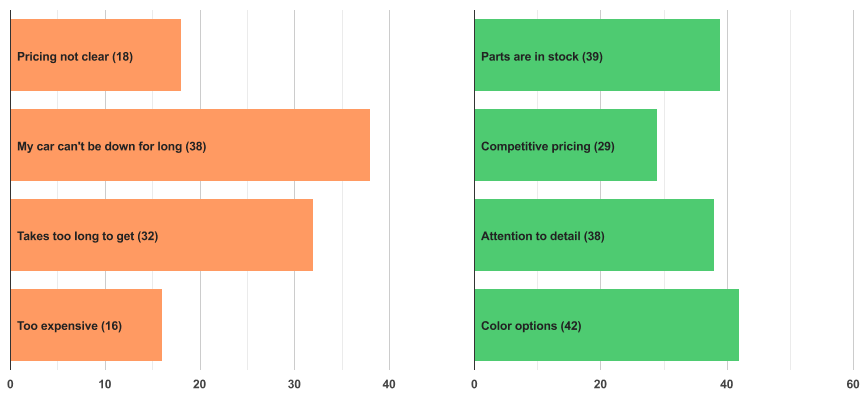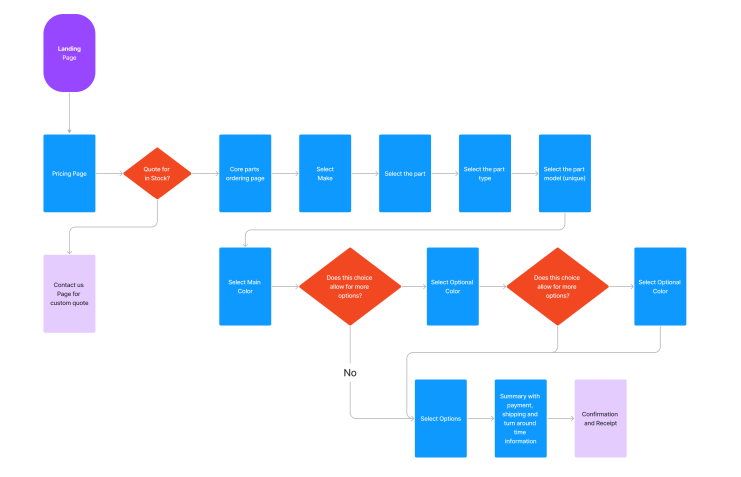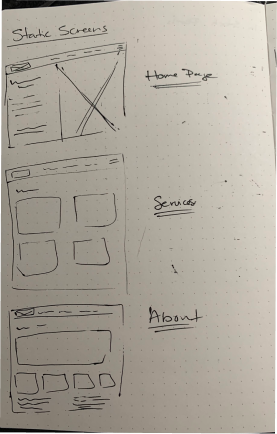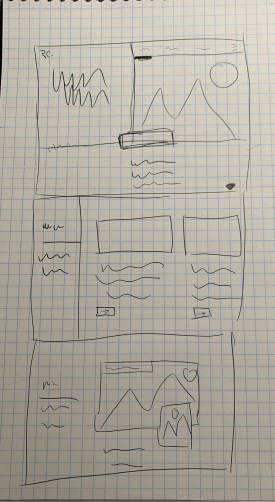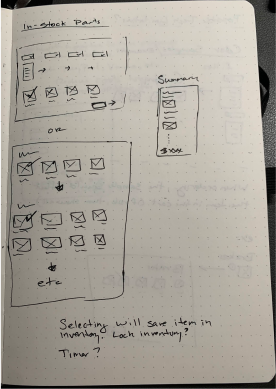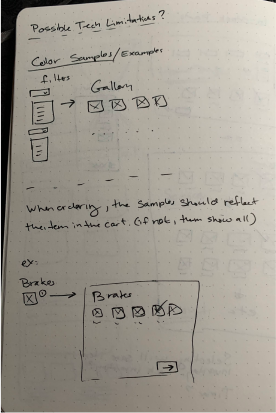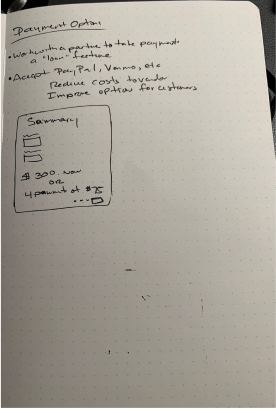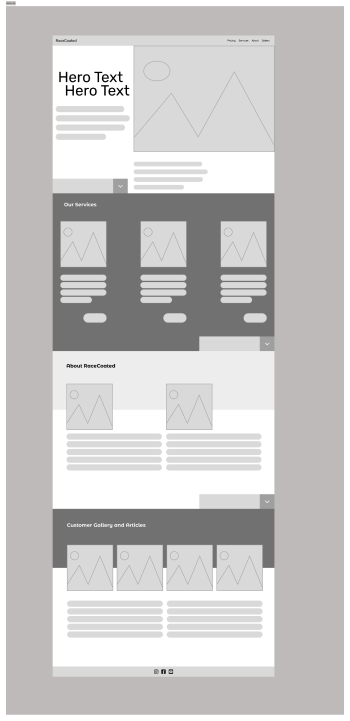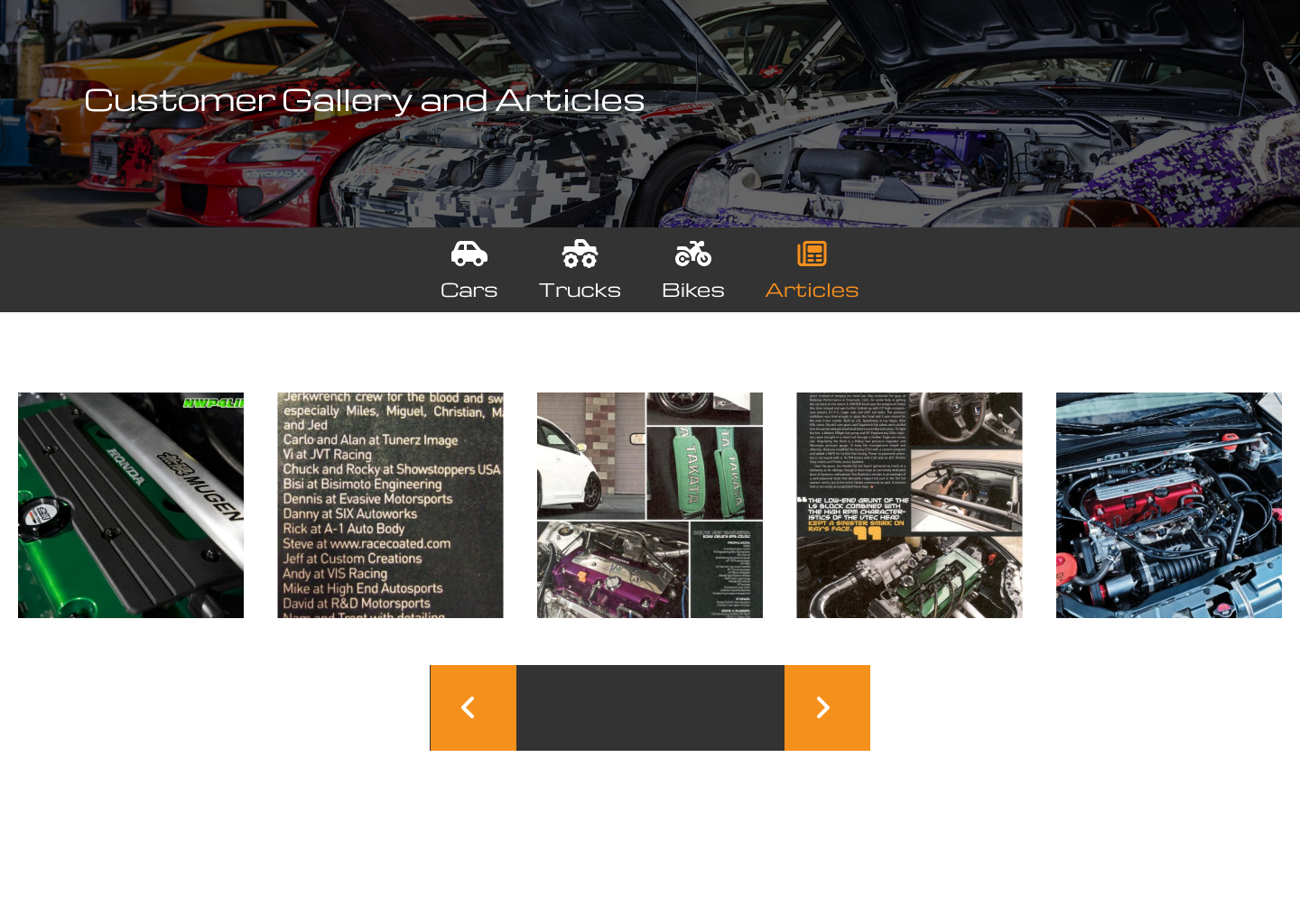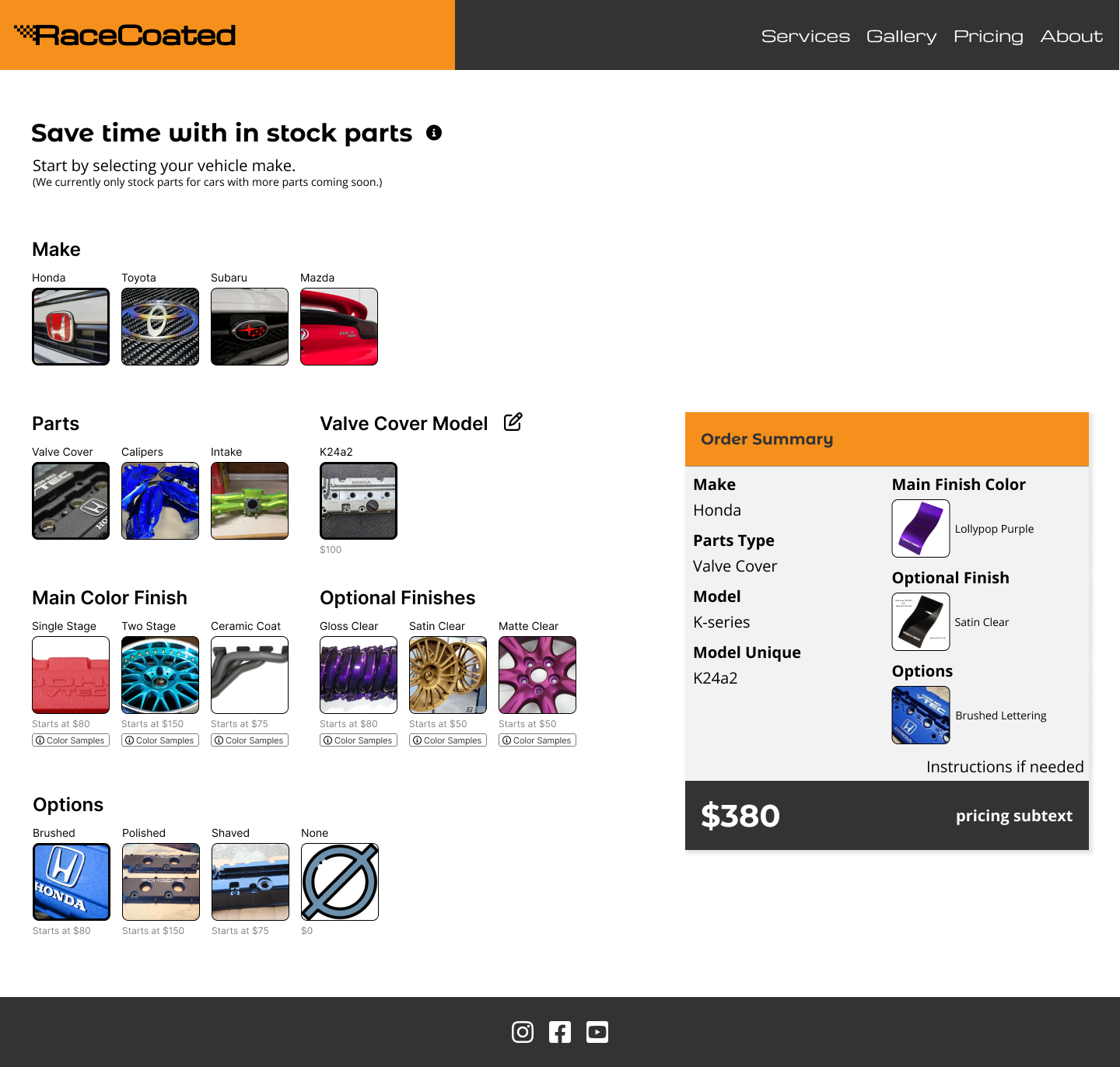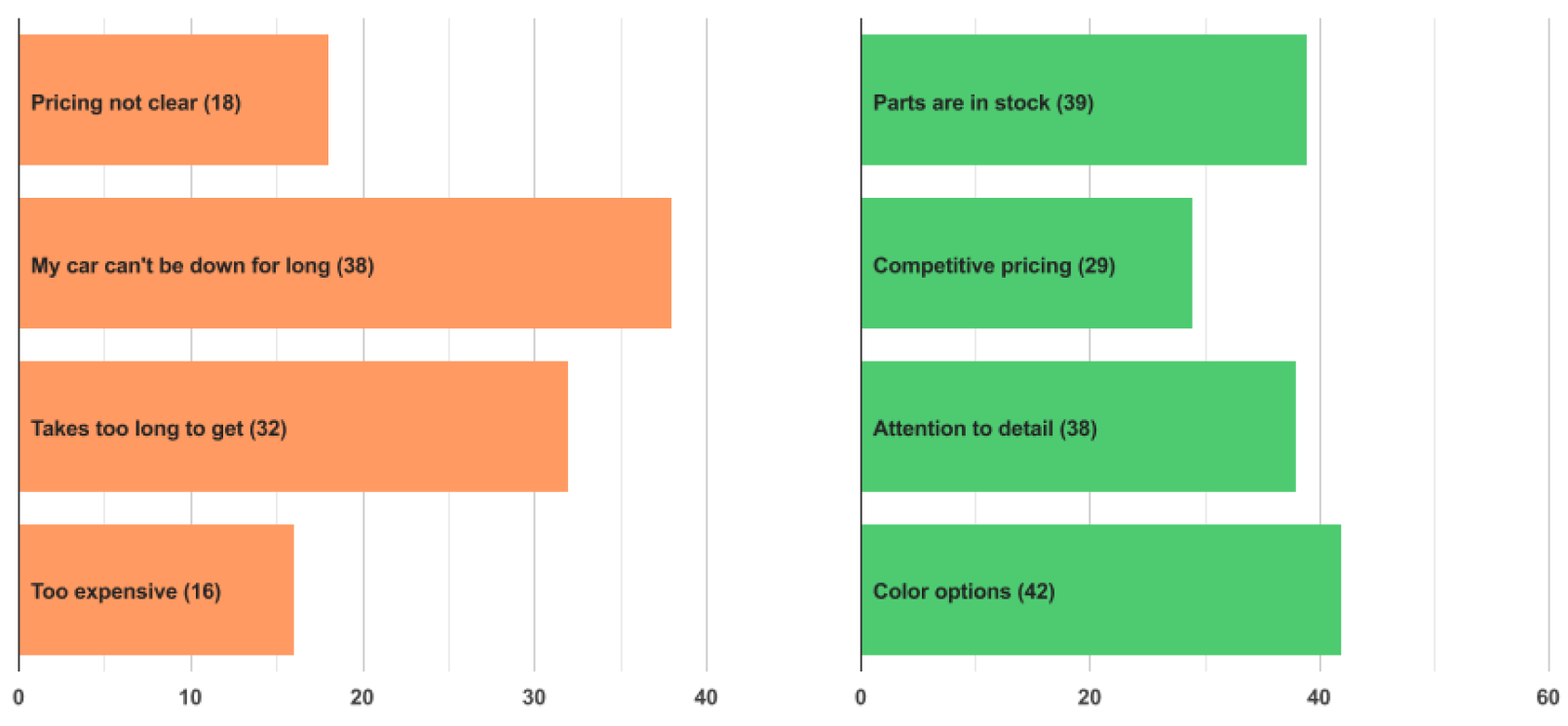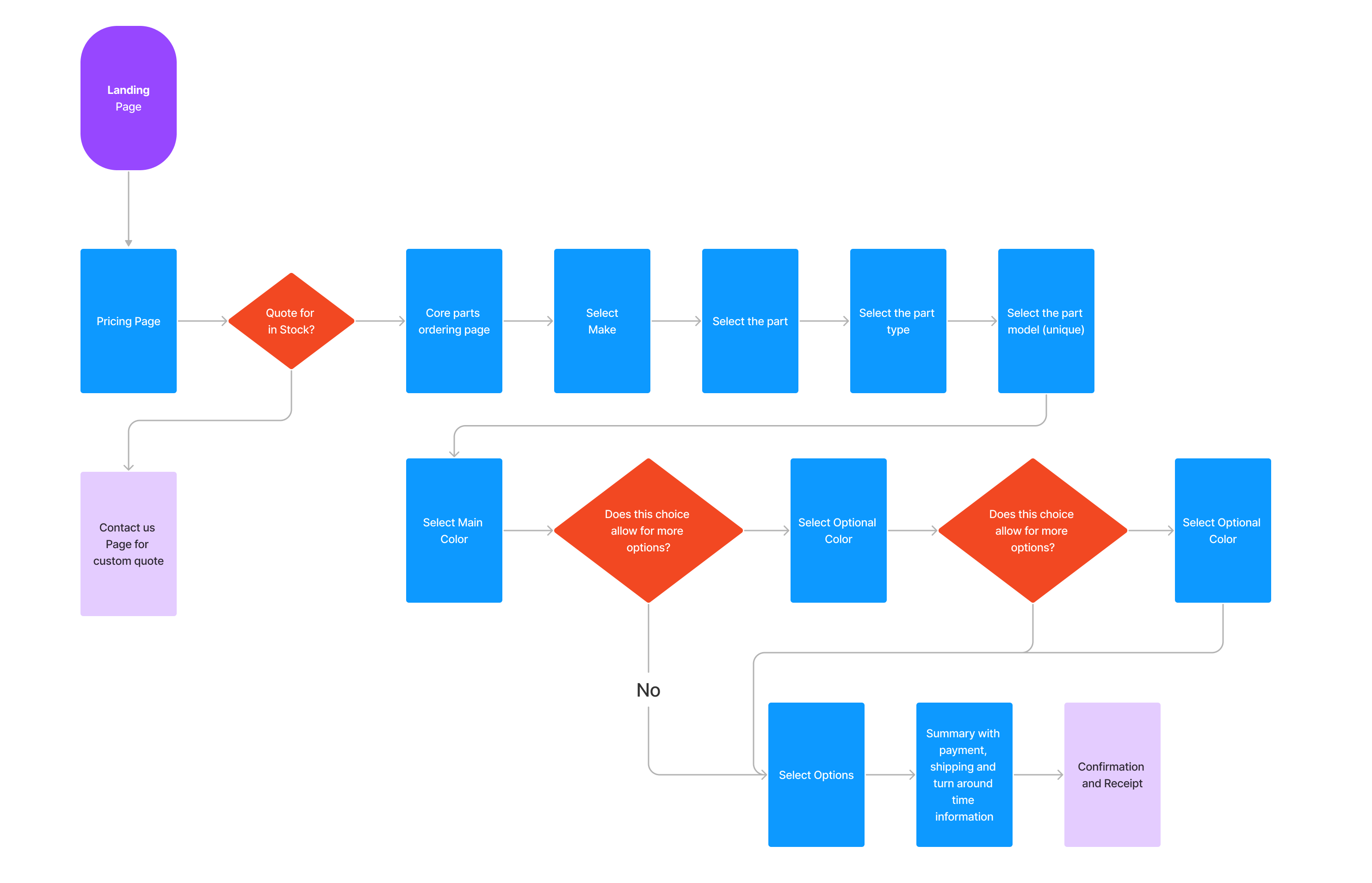
RaceCoated Powder Coating
Role
Tools
Team
Getting Started
Overview
The Problem
The Process
Research and Data
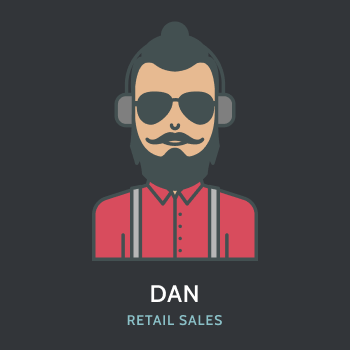
Dan's Story
Dan works odd hours and doesn't have access to a garage. He lives in an apartment with his 2 roommates. He wants parts on his car powder coated, but can't have his car down for a long period of time due to needing transportation to work and nowhere to store it. Cost is also a factor when placing an order.
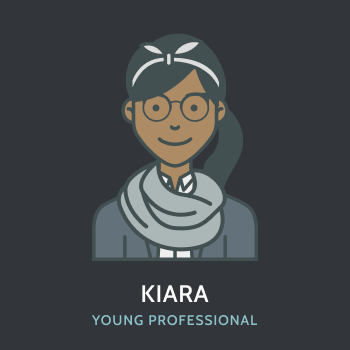
Kiara's Story
Kiara lives in a house with her significant other and their fur babies. She works from home most of the time and has a garage. She has time in her schedule to have her car apart, but still wants to minimize it. She has a larger budget for her interests but is still money conscious.
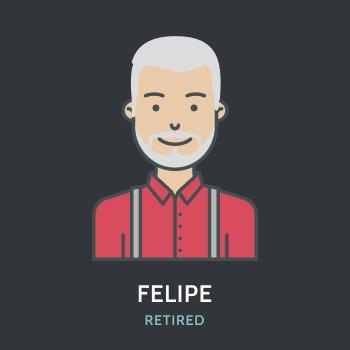
Felipe's Story
Felipe is living the good life at home with his spouse and dog. Spending his free time working on long term car projects. He has time and money and wants a product that's perfect with little to no concern of the cost or time.
(Personas created from sales data, email queries and automotive message board feedback and messaging.)
We took the top 4 positive and negative comments and created our personas. There were other points mentioned that were considered, but were not needed for new designs (like offering a wider range of parts in stock, more services, etc.).
We knew what points we needed to keep and enhance and what issues needed to be made better and adjusted.
Turn around time :: Because the business model is to service a customer's part(s), they have to ship them those parts first. RaceCoated has decided to ease this by pre-stocking its own catalog of parts based on popular components in order to speed this process up. The customer will pay a “core charge” that will be refunded upon the return of their stock part that is in good working and physical order.
Pricing :: Options and features need to be more transparent with their costs. Core charges/down payments need to be calculated better and more clearly defined so users aren't surprised. Varying options for payment will allow users to make those larger purchases now versus later.
Custom options :: The old way of discussing their needs was left for those that needed to speak to a professional and understand the process or define their options specifically.
I focused on the order form and inventory control. I came up with a flow based on available options and from there few wireframes/sketches to show layout options and interactions.
Sketching and Wireframing
Showing a series of dynamic drop downs that allowed users to select from items in stock, see available services (with descriptions and costs) and get an overall price while ensuring the item is in stock. This was then further refined to a set of tiles to add a more visual element and help avoid terminology errors for parts.
A new backend way for the owner to maintain his inventory count and a website that will maintain those counts for people that are shopping. When a user is creating a quote, it will lock the item from the inventory to save it for them.
It was later determined that a robust backend with inventory management wouldn't be possible, and that it would be handled in house. This will be a future stretch goal.
The first iteration had dropdowns to make the selections. That was scrapped for image tiles to make it visually faster for the user after some initial issues "describing" finishes instead of just showing them.
I spoke to about 10 potential customers (automotive enthusiasts) and showed them the flow of the new site. All of the feedback was positive, which was good. There were some asks regarding alternate payment methods,
being able to finance larger jobs and having an active or monitored inventory to ensure they get the exact part when they order. However, the updated interface made the process better than before superior to the closest
competitor.
Overall, I was happy and it was a vast improvement over the original.
